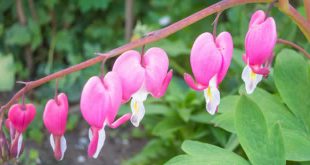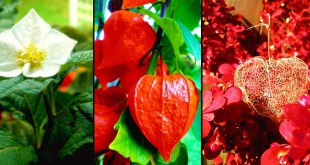 Primrose — Primroses (primula vulgaris) is a species of Primula native to western and southern Europe (from the Faroe Islands and Norway south to Portugal, and east to Germany, Ukraine, the Crimea, and the Balkans), northwest Africa (Algeria), and southwest Asia (Turkey east to Iran). The common name is Primrose, or occasionally Common Primrose or English Primrose to distinguish it from other Primula species also called primroses.
Primrose — Primroses (primula vulgaris) is a species of Primula native to western and southern Europe (from the Faroe Islands and Norway south to Portugal, and east to Germany, Ukraine, the Crimea, and the Balkans), northwest Africa (Algeria), and southwest Asia (Turkey east to Iran). The common name is Primrose, or occasionally Common Primrose or English Primrose to distinguish it from other Primula species also called primroses.
It is a herbaceous perennial plant, low growing, to 10-30 cm tall, with a basal rosette of leaves. The leaves are 5-25 cm long and 2-6 cm broad with an irregularly crenate to dentate margin, and a usually short leaf stem. The flowers are 2-4 cm diameter, borne singly on a slender stem, pale yellow, white, red, or purple (see further below), actinomorphic with a superior ovary which later forms a capsule which opens by valves to release the small black seeds. The flowers are hermaphrodite but heterostylous; individual plants bear either pin flowers (with the capita of the style prominent) or thrum flowers (with the stamens prominent). Fertilisation can only take place between pin and thrum flowers. Pin to pin and thrum to thrum pollination is ineffective.
It flowers in early spring, one of the earliest spring flowers in much of Europe, and in appropriate conditions, can cover the ground in open woods.
In more populated areas it has sometimes suffered from over-collection and theft so that few natural displays of primroses in abundance can now be found. To prevent excessive damage to the species, picking of primroses or the removal of primrose plants from the wild is illegal in many countries, e.g. the UK (Wildlife and Countryside Act 1981, Section 13, part 1b).
 Kids Portal For Parents India Kids Network
Kids Portal For Parents India Kids Network




